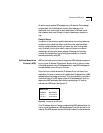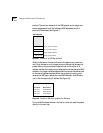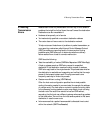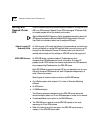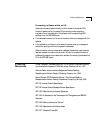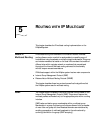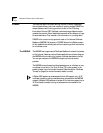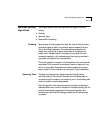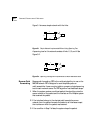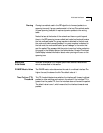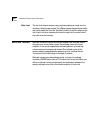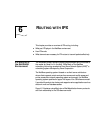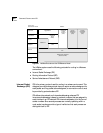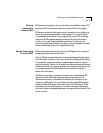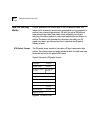
Multicast Routing Algorithms 5-3
Multicast Routing
Algorithms
The LANplex system uses three algorithms that support multicast
routing:
■ Flooding
■ Spanning Trees
■ Reverse Path Forwarding
Flooding Several types of flooding algorithms exist, but they all share the same
general principles: a node in the network receives a packet that was
sent to a multicast destination. The node determines whether the
packet is an original that it has not seen before or a duplicate of a
packet that it has seen before. If the packet is an original, the node
forwards the packet on all interfaces except the incoming interface. If
the packet is a duplicate, the node discards it.
The flooding algorithm is useful in situations where the most important
requirement for the network is robustness. It does not depend on any
kind of routing tables. Destinations will receive packets as long as at
least one path to them exists and no errors occur during transmission.
Spanning Trees The Spanning Tree algorithm detects loops and logically blocks
redundant paths in the network. The paths form a loopless graph, or
tree, spanning all the nodes in the network. A port in the blocking state
does not forward or receive data packets.
After the algorithm eliminates extra paths, the network configuration
stabilizes. When one or more of the paths in the stable topology fail, the
protocol automatically recognizes the changed configuration and
activates redundant links. This strategy ensures that all nodes remain
connected.



